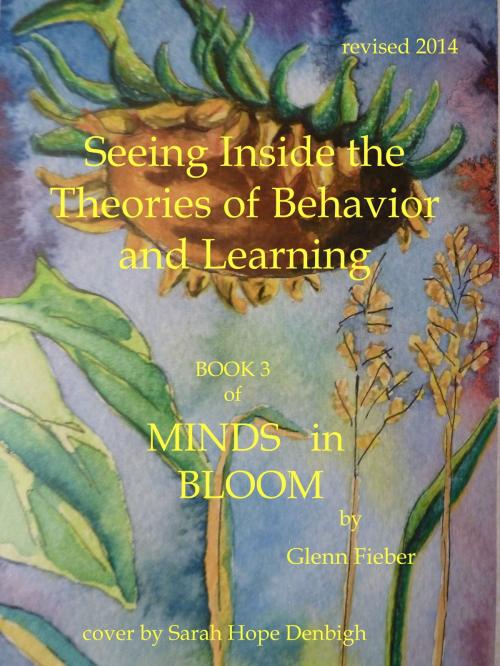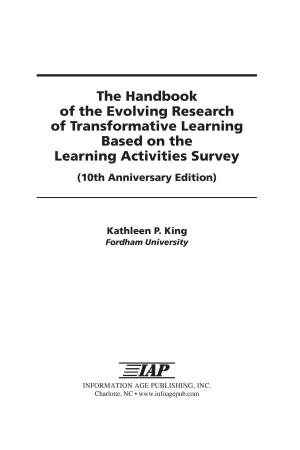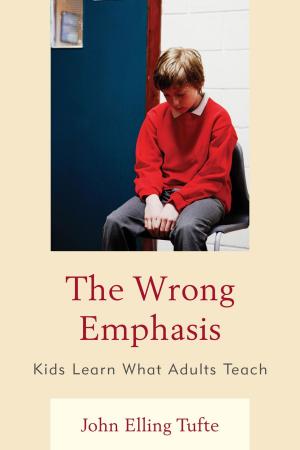Seeing Inside the Theories of Behavior and Learning (Book 3 of Minds in Bloom)
Nonfiction, Reference & Language, Education & Teaching, Educational Theory, Evaluation, Aims & Objectives| Author: | Glenn Fieber | ISBN: | 9781311841896 |
| Publisher: | Glenn Fieber | Publication: | February 1, 2014 |
| Imprint: | Smashwords Edition | Language: | English |
| Author: | Glenn Fieber |
| ISBN: | 9781311841896 |
| Publisher: | Glenn Fieber |
| Publication: | February 1, 2014 |
| Imprint: | Smashwords Edition |
| Language: | English |
Seeing Inside the Theories of Behavior and Learning looks at some of the major theories that have shaped our understanding of both how we behave and how we learn. The book has been informed by my 42 years as both a classroom teacher and a teacher of teachers, and by my wide interest in how the mind works and how we affect the way it processes information—for better or for worse. I also lean heavily on the findings of neuroscientists whose work enables us to look inside the brain while our brain is doing what it does: thinking. I selected two Behavior Theorists for study, Skinner and Maslow, because they provide two bookends around the broad topic of behavior: Skinner suggesting we are controlled by rewards and punishments; Maslow claiming we are driven by our needs, including that most powerful one: self-actualization. Even today, the ideas of these two giants shape much of what happens in schools. Since my ultimate goal is a better understanding of what affects teaching and learning, these two behaviorists are sufficient. In choosing Educational Theorists, however, I needed a broader brush: I look inside the work of ten different educational theorists (notably Bruner, Gardner, Bloom, Montessori, Feuerstein, as well as two very different approaches to learning: KIPP and Zen). There are as many theories about how education works as there are teachers teaching, yet it is exciting that there is not just one way teach, but many. These many rather different approaches to teaching and learning are all effective in one way or another. Some classrooms teach students discipline and how to do well on tests; others teach them to understand the curriculum and to relate it to their lives; still others teach self-reliance and independence of thought. Each theory produces a very different graduate. Ultimately, society must decide the kind of graduates it wants: those with a deep understanding or those who paint by numbers.
Seeing Inside the Theories of Behavior and Learning looks at some of the major theories that have shaped our understanding of both how we behave and how we learn. The book has been informed by my 42 years as both a classroom teacher and a teacher of teachers, and by my wide interest in how the mind works and how we affect the way it processes information—for better or for worse. I also lean heavily on the findings of neuroscientists whose work enables us to look inside the brain while our brain is doing what it does: thinking. I selected two Behavior Theorists for study, Skinner and Maslow, because they provide two bookends around the broad topic of behavior: Skinner suggesting we are controlled by rewards and punishments; Maslow claiming we are driven by our needs, including that most powerful one: self-actualization. Even today, the ideas of these two giants shape much of what happens in schools. Since my ultimate goal is a better understanding of what affects teaching and learning, these two behaviorists are sufficient. In choosing Educational Theorists, however, I needed a broader brush: I look inside the work of ten different educational theorists (notably Bruner, Gardner, Bloom, Montessori, Feuerstein, as well as two very different approaches to learning: KIPP and Zen). There are as many theories about how education works as there are teachers teaching, yet it is exciting that there is not just one way teach, but many. These many rather different approaches to teaching and learning are all effective in one way or another. Some classrooms teach students discipline and how to do well on tests; others teach them to understand the curriculum and to relate it to their lives; still others teach self-reliance and independence of thought. Each theory produces a very different graduate. Ultimately, society must decide the kind of graduates it wants: those with a deep understanding or those who paint by numbers.















